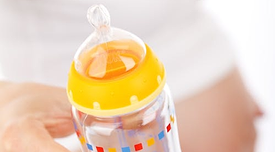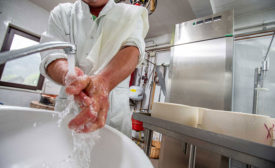Home » Keywords: » risk assessment
Items Tagged with 'risk assessment'
ARTICLES
The transportation of bulk food within supply chains presents unique risks, particularly regarding the cleaning processes between loads in different countries and organizations
Read More
Food Safety Insights: Food Safety Priorities—Getting ‘Back to Basics'
Pandemic disruptions prevented a greater focus on fundamental issues, to which processors are now returning
October 5, 2023
Top Food Safety Priorities—Where are We Post-Pandemic?
There is still evidence in the economy and in our food industry of a "hangover" from the pandemic that we have not yet fully cleared
August 8, 2023
Never miss the latest news and trends driving the food safety industry
eNewsletter | Website | eMagazine
JOIN TODAY!Copyright ©2025. All Rights Reserved BNP Media.
Design, CMS, Hosting & Web Development :: ePublishing












